How to do Server Optimization to increase website speed ?
Improve your website speed with these server optimization tips! Learn How to do Server Optimization to increase website speed.
Introduction:
Welcome to our guide on "How to do Server Optimization to increase website speed" If you've ever found yourself frustrated with slow website loading speeds, you're not alone. In today's fast-paced digital world, every second counts. In this blog post, we'll explore simple and effective strategies to optimize your server and significantly improve your website's load time. By the end of this read, you'll be equipped with the knowledge to make your site lightning-fast, providing a smoother and more enjoyable experience for your visitors. Let's dive in!
I. Understanding Server Optimization
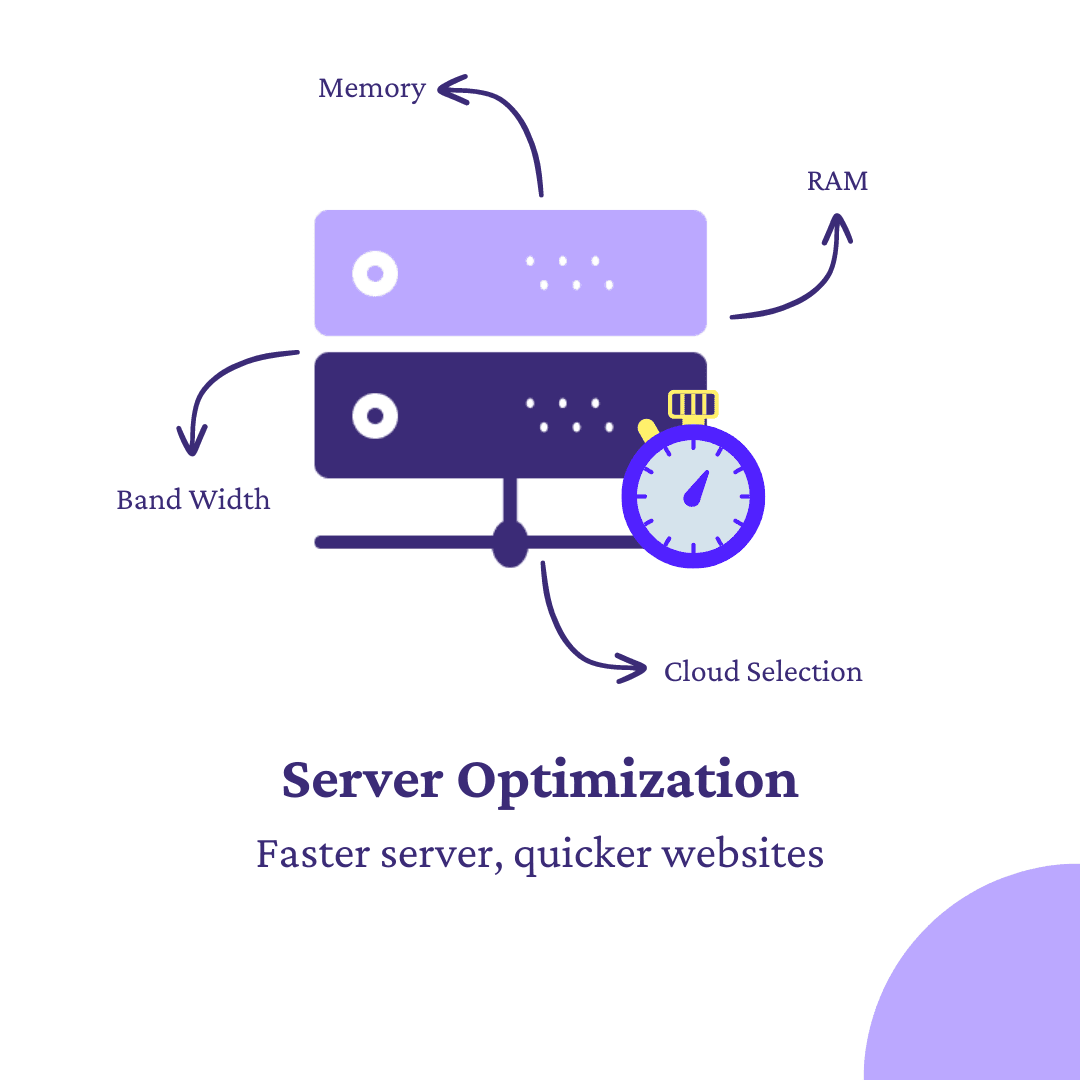
A. What is Server Optimization?
Server optimization refers to the process of fine-tuning and enhancing the performance of a website's server to ensure it runs smoothly. It involves making adjustments to reduce server response time, which is the time it takes for a server to respond to a user's request.
The impact of server response time on website performance is crucial. When a server responds quickly, websites load faster, leading to a better user experience. Slow response times can result in frustrated visitors and negatively affect the overall performance of a website.
B. Why is it Important?
The speed of a website is directly linked to user satisfaction. Faster websites create happier users, while slow ones can drive them away. Moreover, search engines like Google consider website speed as a factor in ranking. Faster-loading sites tend to rank higher, positively influencing SEO.
II. Server Optimization Techniques
A. Efficient Hosting Solutions
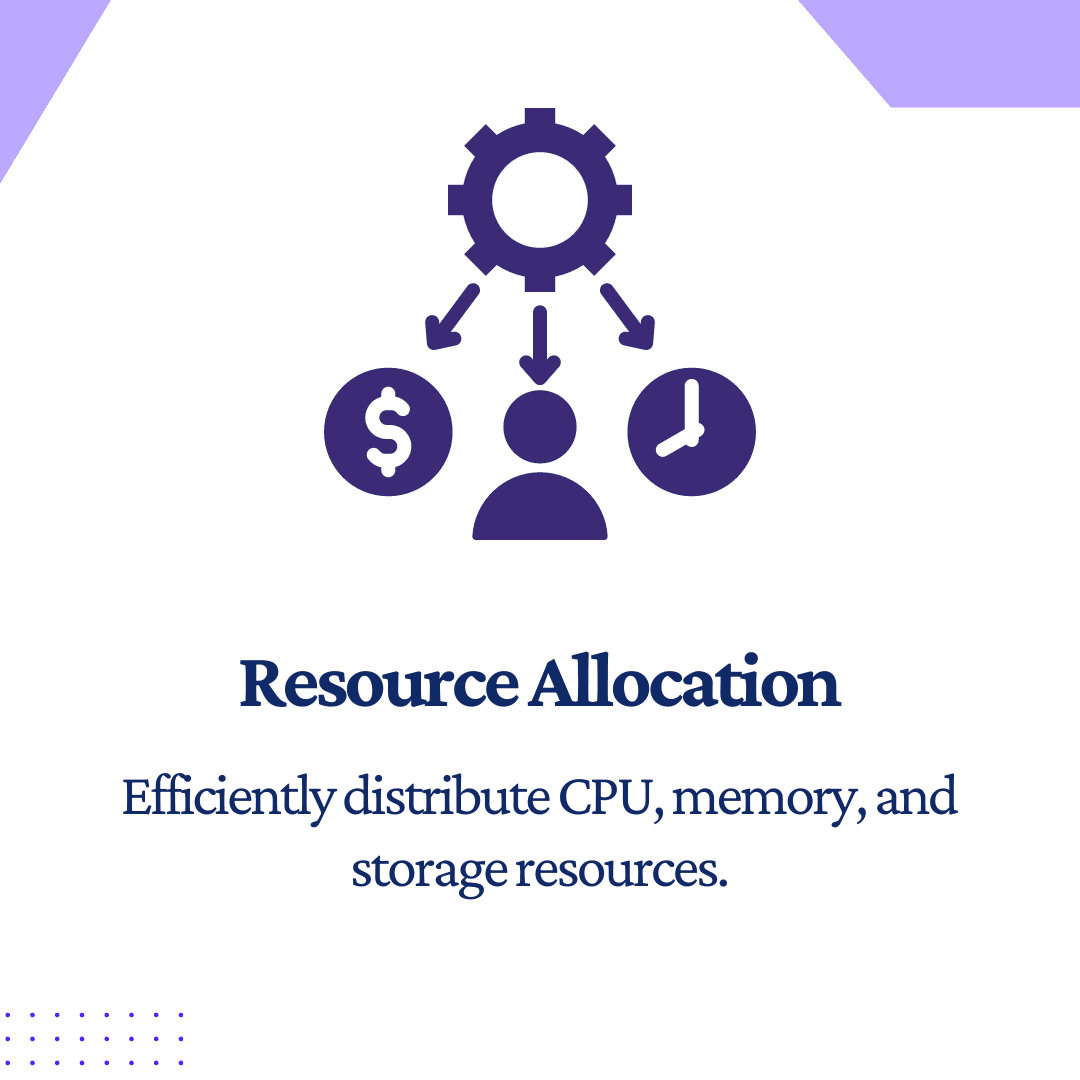
Different hosting options include shared, VPS, and dedicated servers. Choosing the right one depends on the website's needs. Generally, VPS and dedicated servers offer better performance than shared hosting. Recommended hosting providers include popular ones like Bluehost and SiteGround.
B. Content Delivery Network (CDN)
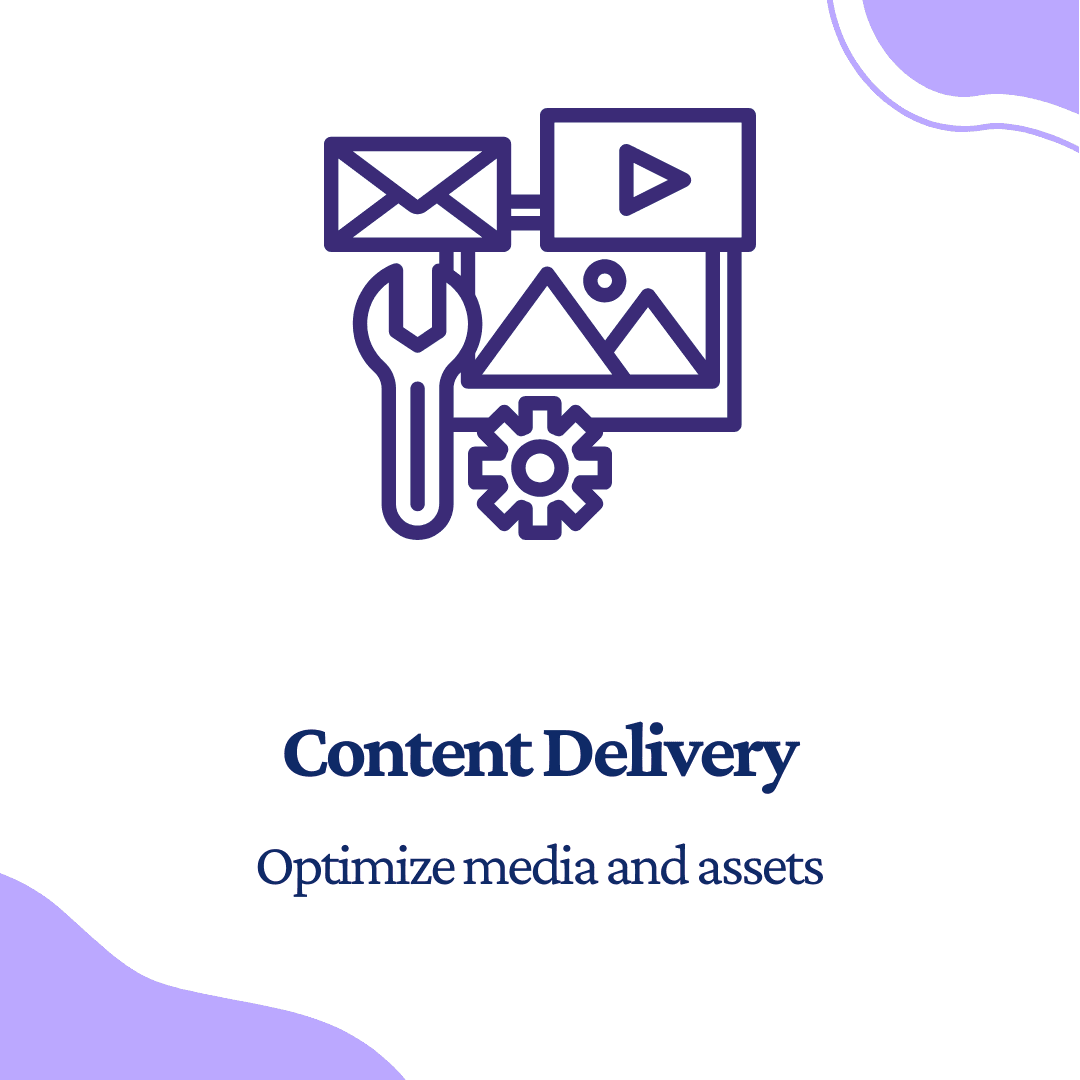
CDNs help distribute website content globally, reducing loading times. They work by storing copies of a website's content on servers worldwide, allowing users to access it from a server closer to them.
C. Minimizing HTTP Requests

Reducing the number of elements on a webpage, such as images, scripts, and stylesheets, speeds up loading times. Combining and minifying CSS and JavaScript files also contribute to faster page loading.
D. Browser Caching
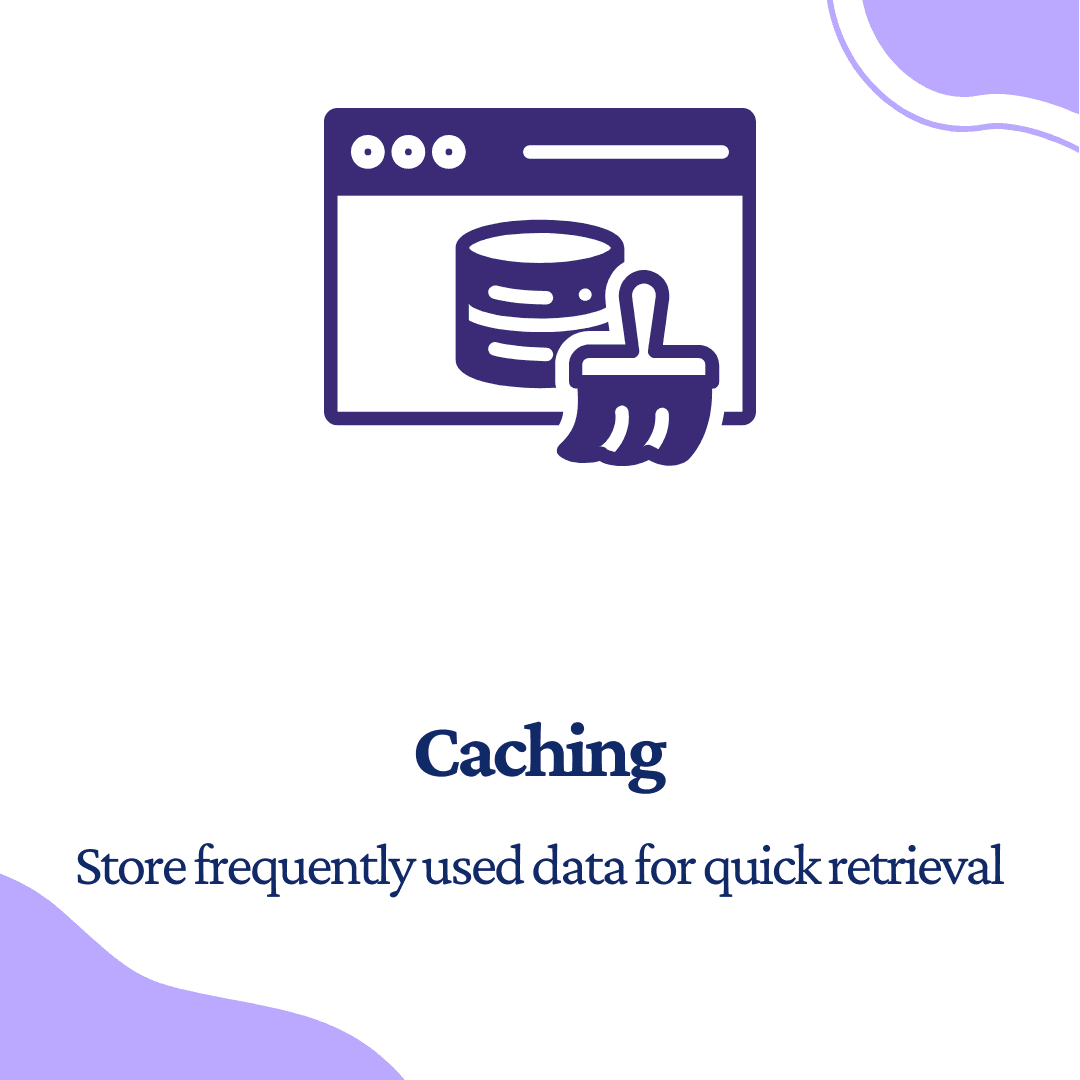
Browser caching involves storing copies of files on a user's device, reducing the need to reload them on subsequent visits. Configuring effective caching policies enhances website load times.
E. Gzip Compression
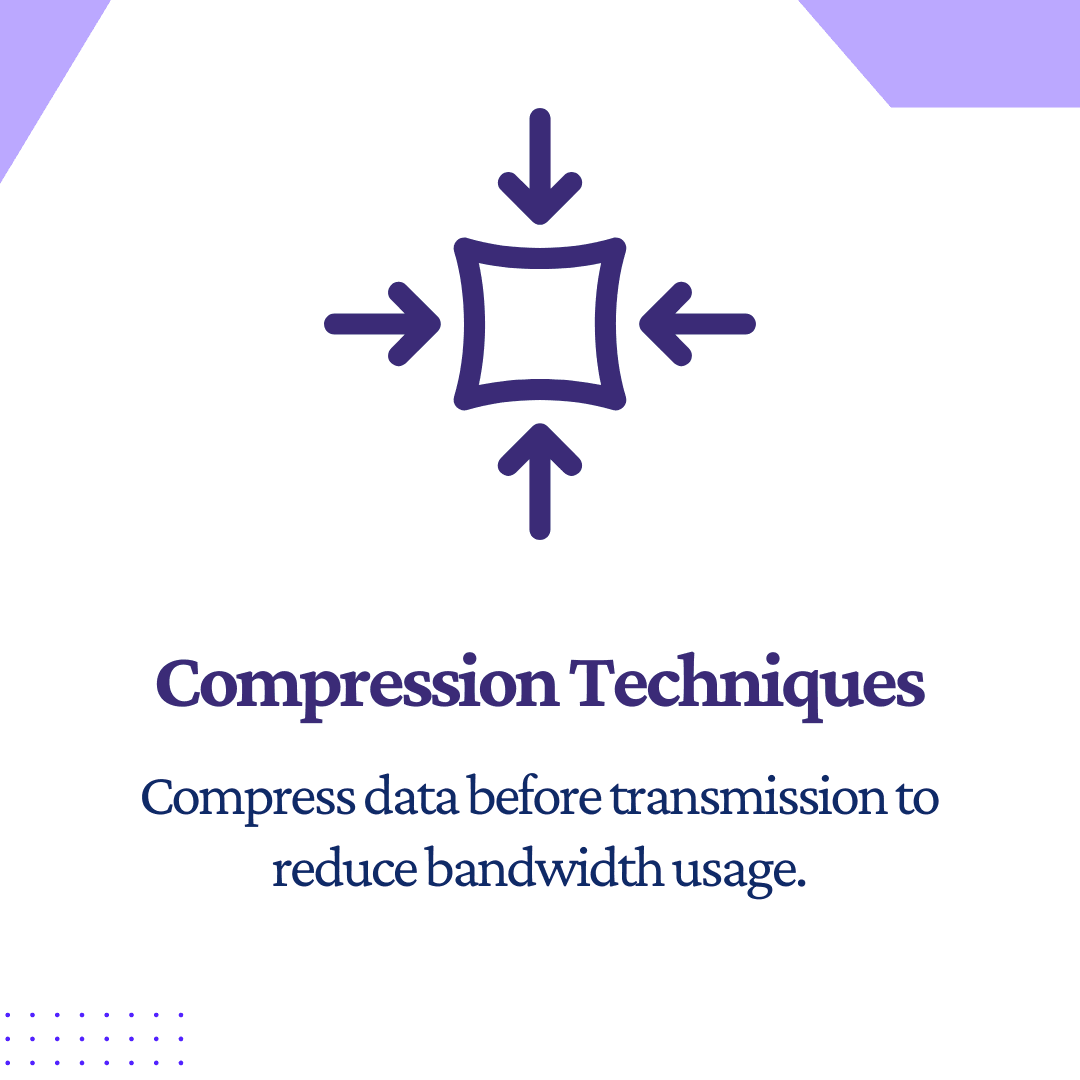
Gzip compression reduces file sizes before sending them to users' browsers. Enabling Gzip on the server is a simple yet effective way to speed up website performance.
F. Image Optimization
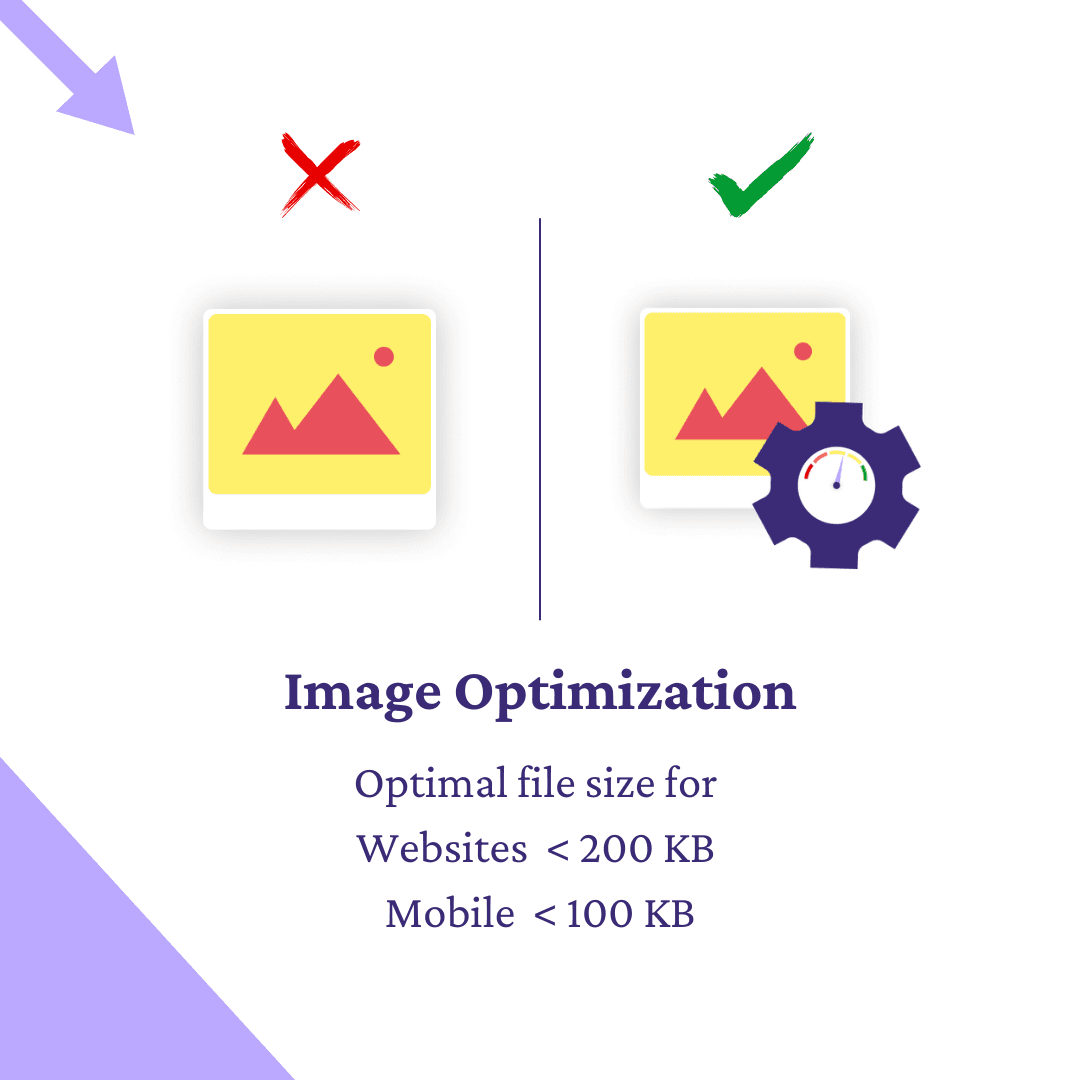
Optimize images for the web involves compressing and resizing them. This significantly reduces file sizes without compromising quality, leading to faster load times.
IV. Advanced Techniques
A. Load Balancing
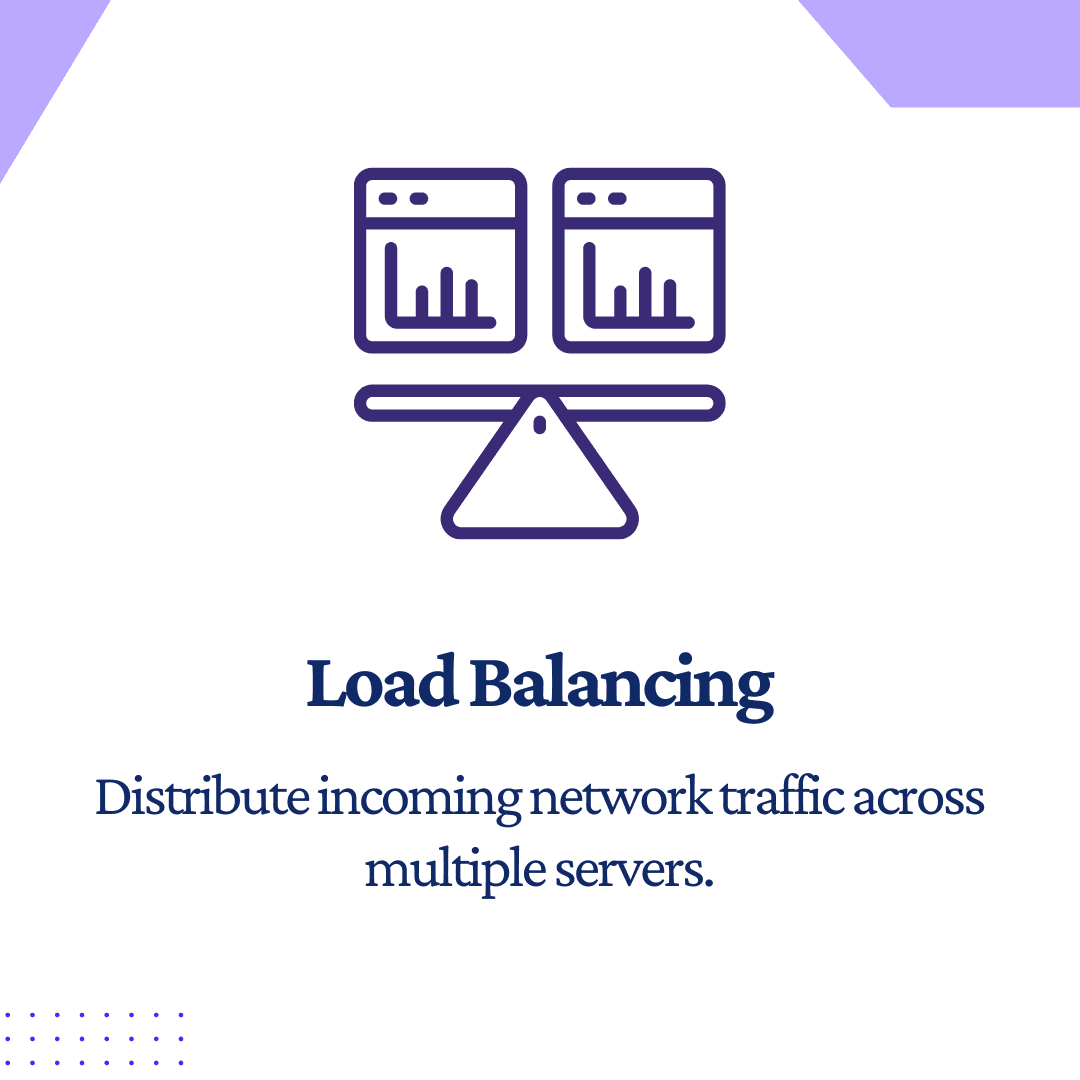
Load balancing distributes server load evenly, preventing overload on a single server. This improves website performance and ensures consistent user experiences.
B. Server-Side Caching
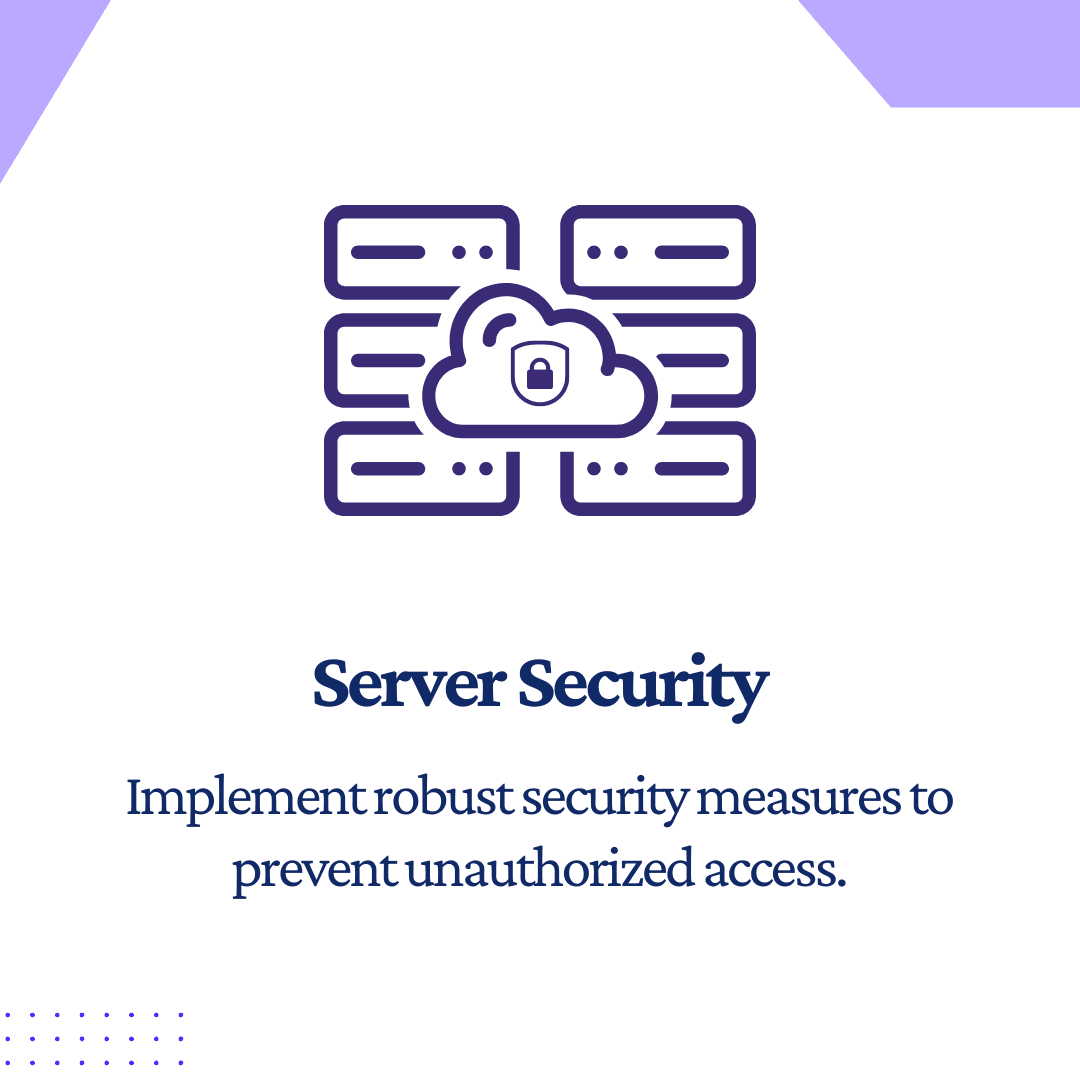
Server-side caching involves storing data on the server, reducing the need to generate it repeatedly. This technique enhances website speed and responsiveness.
V. Security Considerations
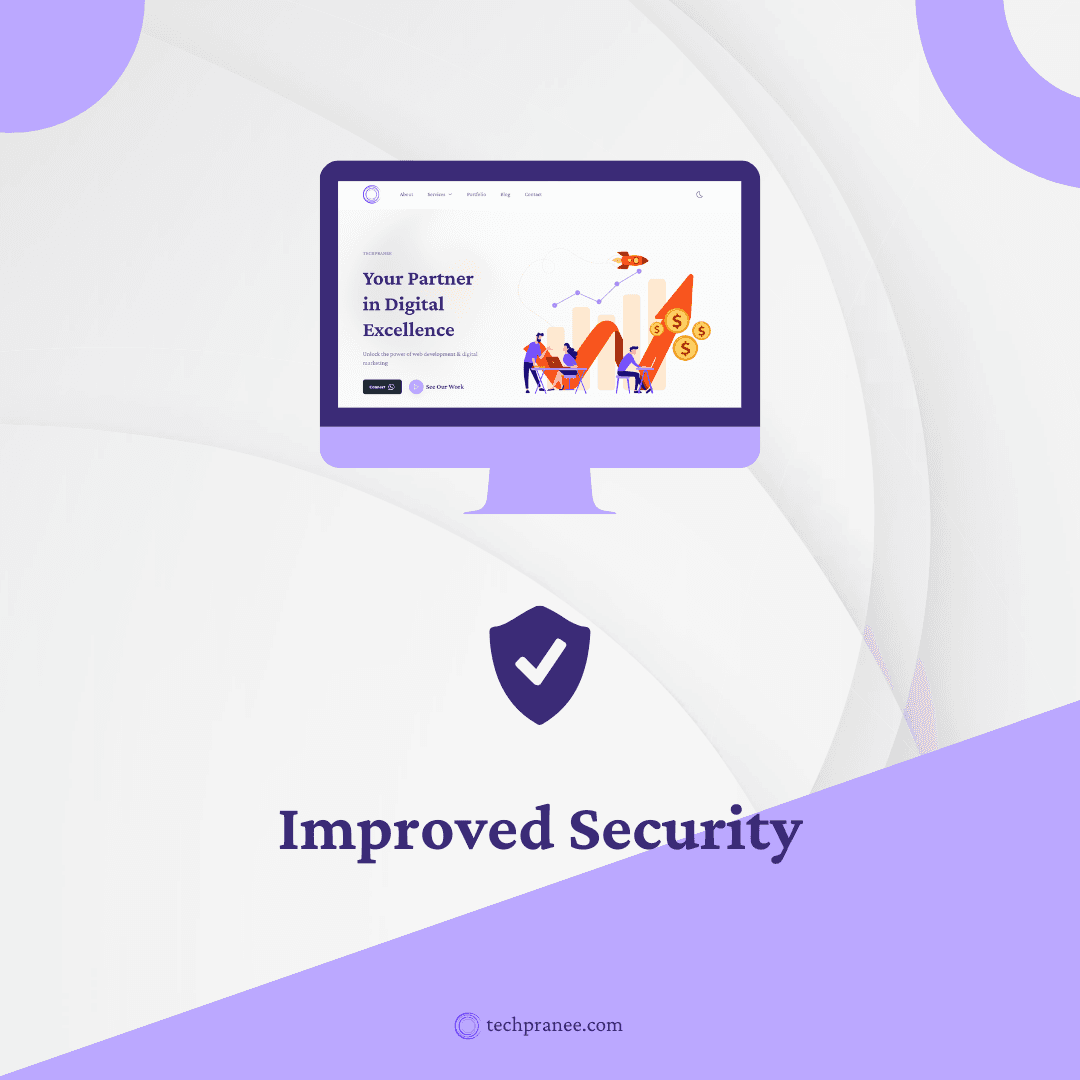
A. DDoS Protection
Distributed Denial of Service attacks pose a threat to websites. Implementing DDoS protection measures helps safeguard against such attacks, ensuring uninterrupted service.
B. SSL/TLS Optimization
Securing website connections with SSL/TLS is essential for protecting user data. Optimizing SSL/TLS settings enhances security without sacrificing performance.
Conclusion:
In conclusion, server optimization is vital for a faster and more reliable website. Choosing efficient hosting, utilizing CDNs, minimizing HTTP requests, and optimizing images are key techniques. Advanced methods like load balancing and server-side caching further enhance performance. Additionally, considering security measures, such as DDoS protection and SSL/TLS optimization, is crucial. Regular monitoring and updates are encouraged for ongoing improvement. Remember, a well-optimized server positively impacts user experience and search engine rankings.
Share:
Latest Posts
Have a project in mind ?
Are you a start-up?
We offer landing page development for selected startups for free
